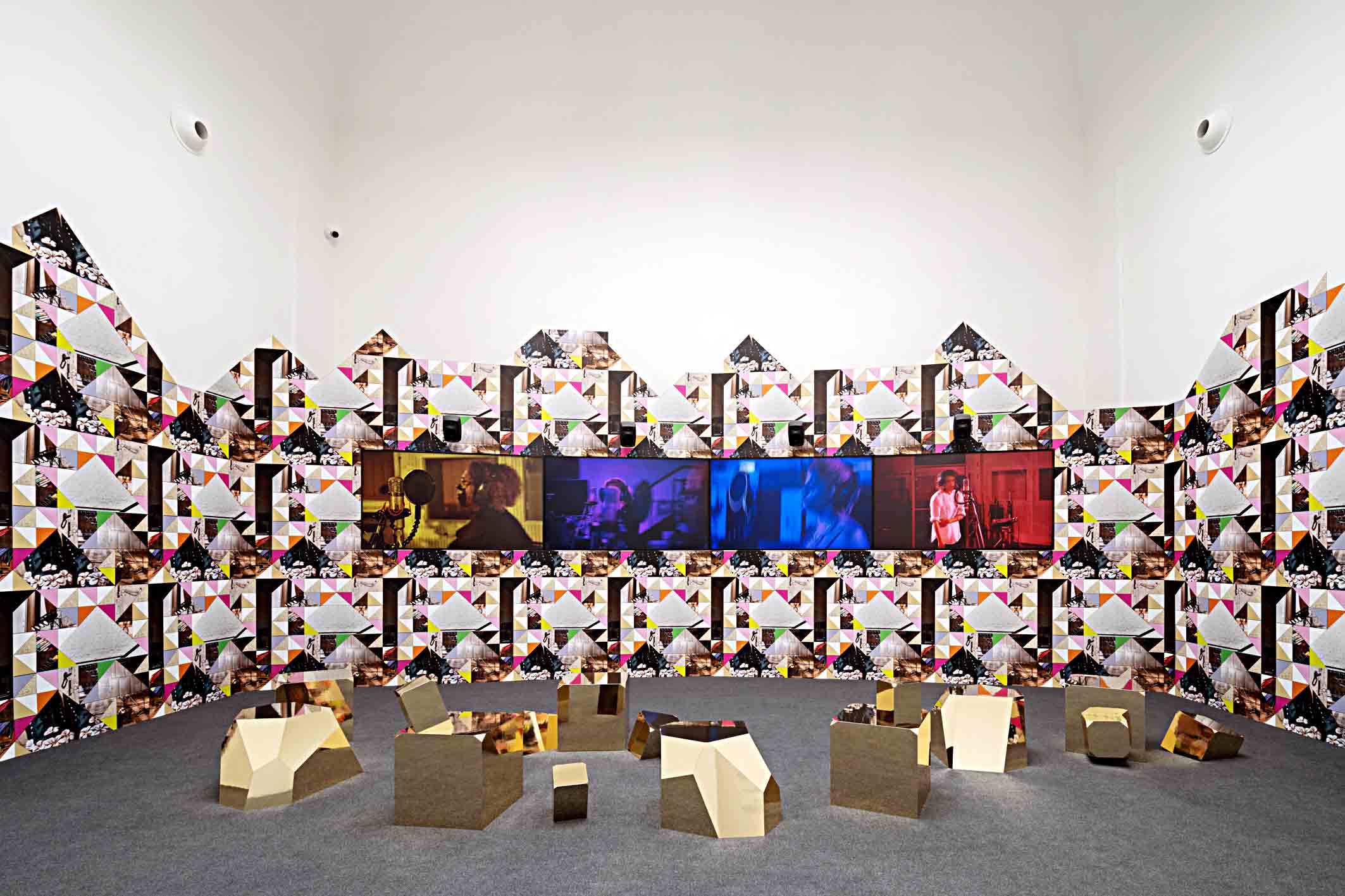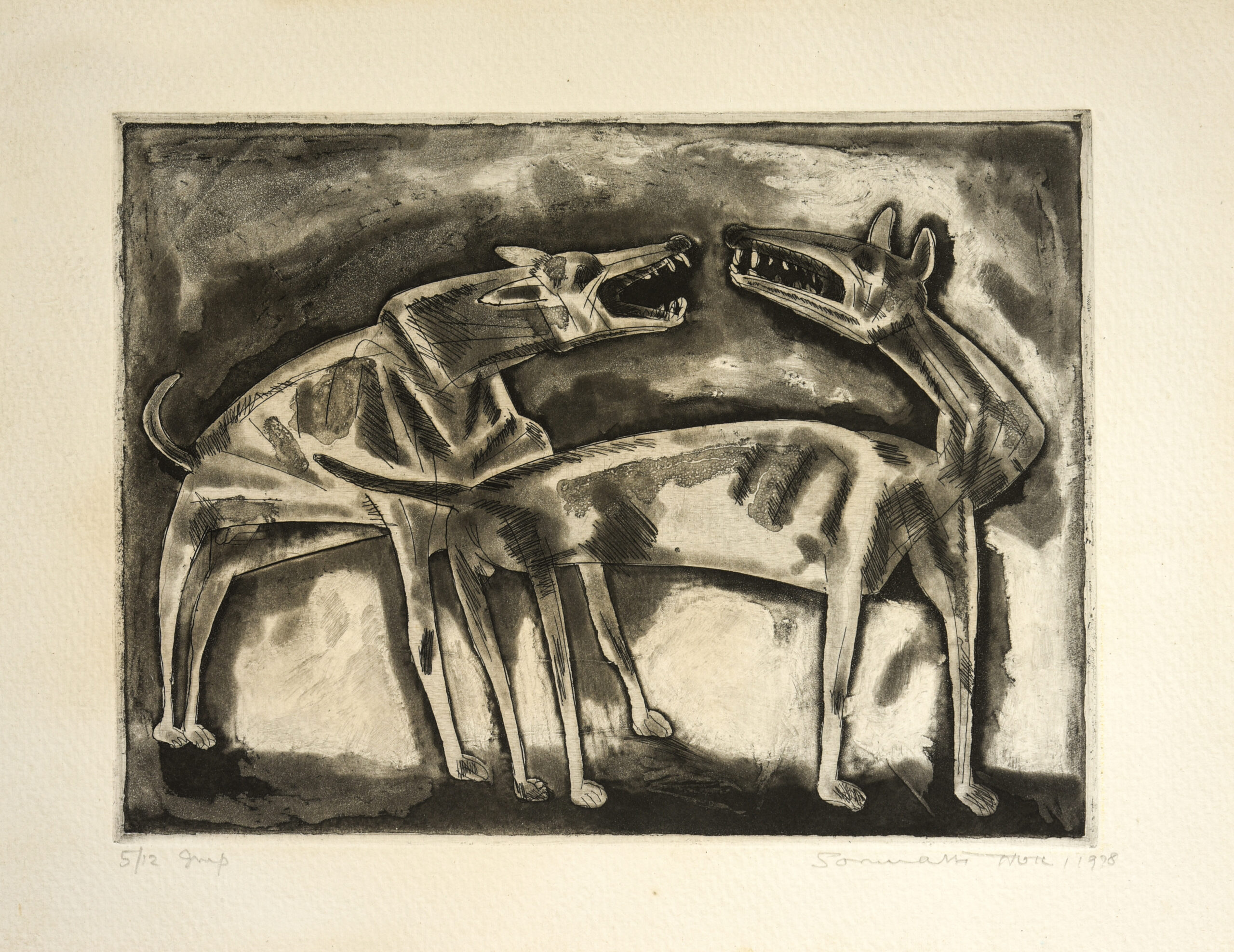The God of Small Things an interview with Lionel Esteve – Rajesh Punj
There is a light-heartedness about Brussels based artist Lionel Estèvethat permeates his work as a lightness of touch. Seeing the things we leave to the litter as part and parcel of his colour field container canvases and rock sculptures. In the acclaimed novel by Indian author Arundhati Roy, The God of Small Things, she explains detritus as the detailsthat dissolve into our lives. Citing in one passage ‘what came for them, not death, just the end of living.’ As with life, so the infinitesimal elements that fill Estève’s container canvases appear a though a thousand ideas laid to rest. That for their reinventionreflects on an absence of optimism for what was intended of these kitsch keepsakes. For Estève the initial choice and changing of an object into art, art as the incarceration of ready-mades as relics, involves amusement park-like colours that initially mesmerise one’s mind, before becoming more melancholic, for the cutting short of their utilitarian lives. And as if magnetically drawn together by the artist’s hand, the array of paper markers and plastic necklace beads are piled high, cascading over one another, are testament to a generation’s lost love. 
Estève his own words sees his works as much connected,for the way he goes about making them, asthey appearcontradictory, for what we see in them. Saying of his wall works “I would like these latest works to be perceived as a simple gesture, that of pouring materials into the bottom of a frame. The result, this sunken material, can be approached in two contradictory ways: either as a collapse or an elevation, either as a fall or as an accumulation.” And within that duality, Estève like Roy, for her referring to the end as neither life nor death but a point of reinvention, prolongs Estève’s objects of their utilitarian worth. The measure of his Chemical Landscapes, beyond what is visible, is of the artist’s preoccupation with the works transformative potential. As his container canvases, filled with broken glass and brilliantly coloured foam,appear capable of moving within the frame, if taken off the wall and violently shaken – of the contents bursting into life, as the atom-like elements make contact and collide with one another. Which is whatEstève wants of our riotous imaginations – to invite them to potentially act. Yet such a reaction isn’t available to us in a gallery-like setting, so the static configuration of colours and content take on a decorative, almost delicious quality,that is as much to dowith the intrinsic beauty of the objects, as it is about our appreciating them of their new context, and of their suddenly becoming unavailable to us. Window-shopping into a world of bric-à-brac, that as attractive as they might appear, have gone unnoticed, invisible, within the contents of our lives.



